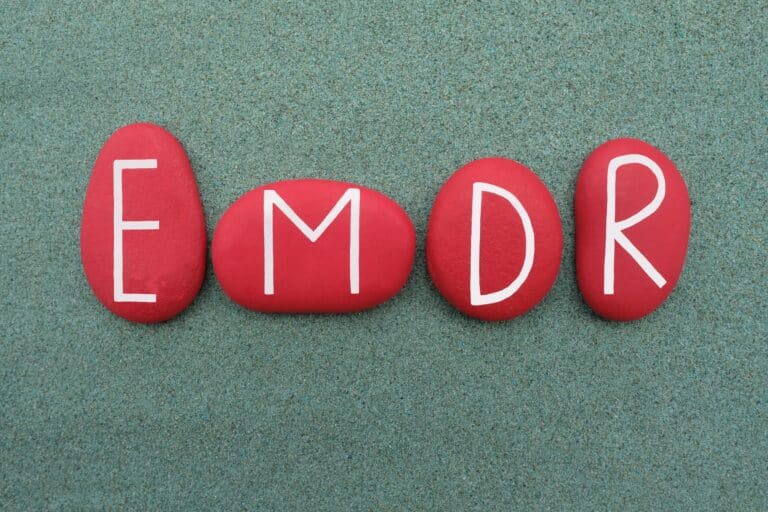Abuse of opioids has become a national health problem. In the United States, there was an estimated 94,134 overdoses which is nearly a 31% increase from 2019.
Typically when people think of opioids, they think of pressed pills or some form of liquid. However, there are many forms opioids can take.
Cough syrup and soft drinks seem like a harmless combination, but they can be very deadly in reality. Mixing these two substances can make a highly addictive drink referred to as lean.
This drink’s name comes from the necessity of leaning on something to prevent falling over after drinking it. Continue reading to learn more about the adverse effects of lean and what lean can do to your body.
What is Lean?
Lean is an illicit substance made when individuals mix prescription-strength cough medicine known as Codeine, soda, and hard candy. Lean is also referred to as purple drank, sizzurp, or dirty sprite.
Unfortunately, the ingredients for lean are legal and can be bought at the most convenient stores, which makes the substance that much more dangerous and addictive.
In addition to its long history of misuse, codeine, found in lean, has become increasingly popular in pop culture. That is just one more reason why lean has become so popular.
Many hip-hop artists have been known to sip lean like Lil Wayne, 2 Chainz, and Mac Miller, who has spoken about his addiction before his death.
These pop-culture figures’ widespread use of lean in public has made lean more popular and more harmful. Numerous celebrities, rappers, and professional athletes have been hospitalized and even died due to lean.
What Does Lean Do to Your Body?
As previously mentioned, lean is nicknamed as such because of the effects it has on people. Individuals who sip lean tend to slouch or lean when they ingest the substance.
The effects lean has on individuals is very similar to that of other opioids. When individuals drink lean, they usually develop symptoms within 30 to 45 minutes; however, it can vary depending on how much they consume.
The peak of these symptoms occurs during the first hour or two after ingesting it and lasts up to 6 hours.
Lean is known to cause some of the following side effects including:
- Euphoria
- Nausea
- Dizziness
- Impaired vision
- Memory loss
- Hallucinations
- Seizures
- And more.
Common Side Effects
While there is no way to know the ratio between syrup and soda, the risk of overdose is high with a substance like lean.
Promethazine
The sedative effects of promethazine can be felt when it is used as prescribed. Promethazine is an antihistamine, antiemetic, and antiemetic (anti-vomiting).
Whenever promethazine is taken on its own, it doesn’t cause euphoria as usually happens when it is combined with depressants like alcohol or codeine.
When ingested in large amounts, side effects include:
- Irregular heartbeat
- Blood pressure changes
- Dry skin
- Mucous membranes
- Hallucinations
- Breathing problems
Codeine
Codeine works as a cough suppressant in prescription cough syrups. In addition to joy, analgesia, and euphoria, opioids can also produce dangerous side effects.
Effects of codeine include:
- Brain damage
- Dizziness
- Arms, face, neck, upper chest may appear red
- Shortness of breath
- Heart-stopping
Depressants
Lean is also made up of multiple depressants that can cause:
- Coma
- Hypotension
- Sleepiness
- Respiratory problems
- Death
Withdrawal Symptoms
Developing an addiction to lean is very common. Many factors come into play when becoming addicted o lean such as the environment an individual is in, family history and genetics, and mental health issues.
Trying to become sober on your own can pose many adverse effects and withdrawal symptoms. It can be very irritating to detox independently, so it’s essential to go through a professional detox.
Withdrawal symptoms can include:
- Nausea
- Loss of appetite
- Irritability
- Diarrhea
- Sweating
- Anxiety
- Runny nose
- Chills
- Insomnia
- Muscle aches
- And more!
Addiction Treatment
Lean addiction makes quitting or reducing use nearly impossible for sufferers. Medications and counseling are sometimes required, like the opioids in lean cause addiction.
Detoxification is the first step in treating a lean addiction. To reduce painful withdrawal symptoms, opioid treatment medications may be prescribed. Furthermore, detox can also reveal comorbid conditions.
Southern California Sunrise is Here to Help
Feel free to call us if you don’t know what to do or want to discuss your treatment options. At SoCal Sunrise, we understand the different types of circumstances and situations you might be in.
You or your loved one can benefit from comprehensive care to help you achieve a drug-free lifestyle. Help is only a phone call away. If you or a loved one is suffering from lean addiction and needs help contact us today.






